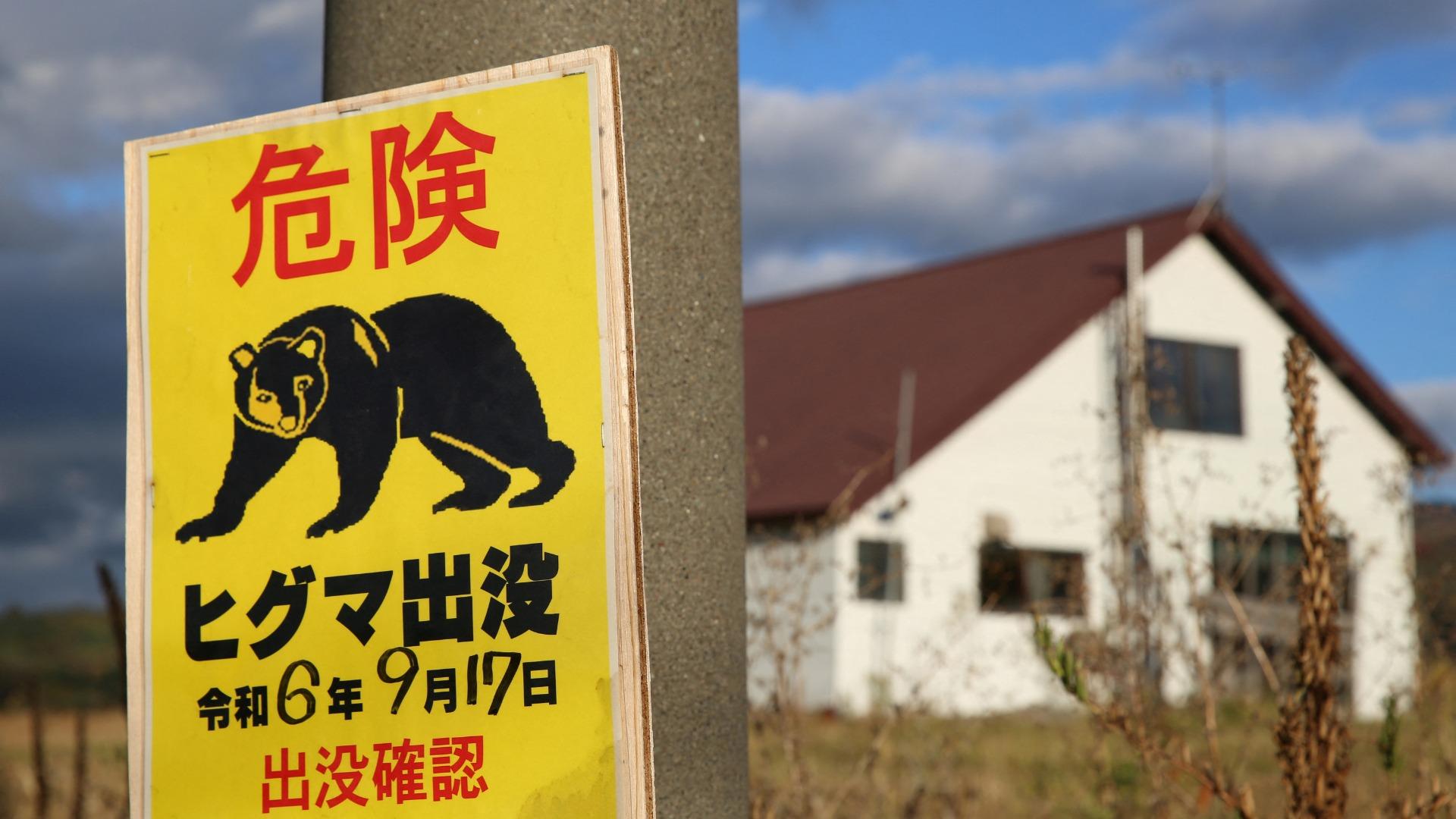
A peek inside some leading research labs shows how scientists-turned-detectives are painstakingly decoding what causes autoimmune diseases and how to stop the immune system from attacking you instead of protecting you.
It’s a huge challenge. By the National Institutes of Health’s newest count there are about 140 autoimmune diseases affecting tens of millions of people.
Unraveling them requires patience, persistence — and sophisticated technology to even see the suspects. Researchers use laser-powered machinery and brightly colored fluorescent dyes to tell rogue cells from normal ones.
Take Type 1 diabetes, caused when cells in the pancreas that produce insulin are gradually killed off by rogue T cells. In a biomedical engineering lab at Johns Hopkins University, researchers examine mouse pancreas cells on a computer screen. Red marks the killer cells. In yellow are “peacemaker” cells that are supposed to tamp down autoimmune reactions – but they’re outnumbered.
Another type of immune cell, B cells, drive autoimmune diseases by producing antibodies that mistake healthy tissue for foreign invaders. At NIH, Dr. Iago Pinal-Fernandez studies myositis, a poorly understood group of muscle-weakening diseases. His research shows rogue antibodies don’t just damage muscles by latching onto their surface. They can sneak inside muscle cells and disrupt their normal functions in ways that help explain varying symptoms.
“When I started, nothing was known about the type of autoimmune disease we study. Now finally we’re able to tell patients, ’You have this disease and this is the mechanism of disease,” he said.
In another NIH lab, Dr. Mariana Kaplan’s team is hunting the root causes of lupus and other autoimmune diseases — what makes the immune system run amok in the first place — and why they so often strike women.
Today's drugs tamp down symptoms but don't correct the problem. Now in early-phase clinical trials are treatments that instead aim to fix dysfunctional immune pathways.
At Hopkins, scientists are working on next-generation versions, not yet ready to try in people. In one lab, they're developing nanoparticle-based treatment to dial down pancreas-killing cells in Type 1 diabetes and ramp up “peacemaker” cells.
And in another Hopkins lab, researchers are developing what they hope will become more precise treatments for rheumatoid arthritis, lupus and other antibody-driven illnesses – drugs that search out and destroy “bad” B cells.
—-
The Associated Press Health and Science Department receives support from the Howard Hughes Medical Institute’s Department of Science Education and the Robert Wood Johnson Foundation. The AP is solely responsible for all content.
This is a documentary photo story curated by AP photo editors.
LATEST POSTS
- 1
 The most effective method to Involve Handshakes for Compromise and Compromise
The most effective method to Involve Handshakes for Compromise and Compromise - 2
 テレ東・相内優香アナ 第1子女児を出産「多くの方々の支えに助けられて」夫は元NHKの青井実アナ(スポーツ報知)
テレ東・相内優香アナ 第1子女児を出産「多くの方々の支えに助けられて」夫は元NHKの青井実アナ(スポーツ報知) - 3
 Wシリーズ連投へ準備尽くした山本由伸の覚悟 プロ1年目から支える個人トレーナーの証言(産経新聞)
Wシリーズ連投へ準備尽くした山本由伸の覚悟 プロ1年目から支える個人トレーナーの証言(産経新聞) - 4
 Astounding Treehouses All over the Planet
Astounding Treehouses All over the Planet - 5
 Best Internet based Course for Learning Another Dialect: Which Stage Do You Like?
Best Internet based Course for Learning Another Dialect: Which Stage Do You Like?
 6 Objections for an Ocean side Wedding
6 Objections for an Ocean side Wedding Scientist turns people’s mental images into text using ‘mind-captioning’ technology
Scientist turns people’s mental images into text using ‘mind-captioning’ technology ここ一週間でM6クラス相次ぐ 震度3以上は18回も 日ごろから地震への備えを(tenki.jp)
ここ一週間でM6クラス相次ぐ 震度3以上は18回も 日ごろから地震への備えを(tenki.jp) 降格決定同士の一戦、湘南が5発大勝で半年ぶり白星…新潟は入江体制で未勝利のまま残り2戦へ(サッカーキング)
降格決定同士の一戦、湘南が5発大勝で半年ぶり白星…新潟は入江体制で未勝利のまま残り2戦へ(サッカーキング) 三代目JSB・今市隆二、来年から活動再開へ「信頼回復できるよう、責任ある姿勢で臨む決意」公式サイトで発表(スポーツ報知)
三代目JSB・今市隆二、来年から活動再開へ「信頼回復できるよう、責任ある姿勢で臨む決意」公式サイトで発表(スポーツ報知) Maintainable Living: Eco-Accommodating Decisions for Daily existence
Maintainable Living: Eco-Accommodating Decisions for Daily existence 全国的な「クマ禍」の影響はスポーツ界にも。サッカー、駅伝、野球、ゴルフ、様々な競技にその余波が #エキスパートトピ(下薗昌記) - エキスパート - Yahoo!ニュース
全国的な「クマ禍」の影響はスポーツ界にも。サッカー、駅伝、野球、ゴルフ、様々な競技にその余波が #エキスパートトピ(下薗昌記) - エキスパート - Yahoo!ニュース US students studying housing, health outcomes and sustainability win 2026 Rhodes scholarships
US students studying housing, health outcomes and sustainability win 2026 Rhodes scholarships Excursion to Different Universes: the Top Sci-fi Motion pictures Ever
Excursion to Different Universes: the Top Sci-fi Motion pictures Ever













